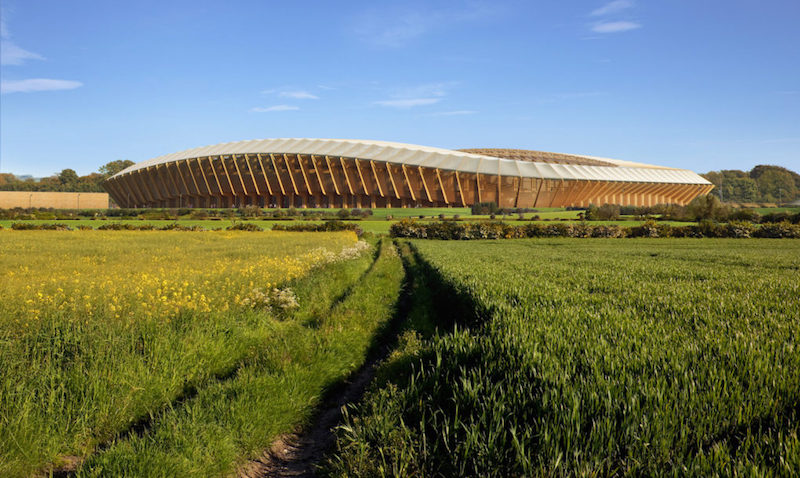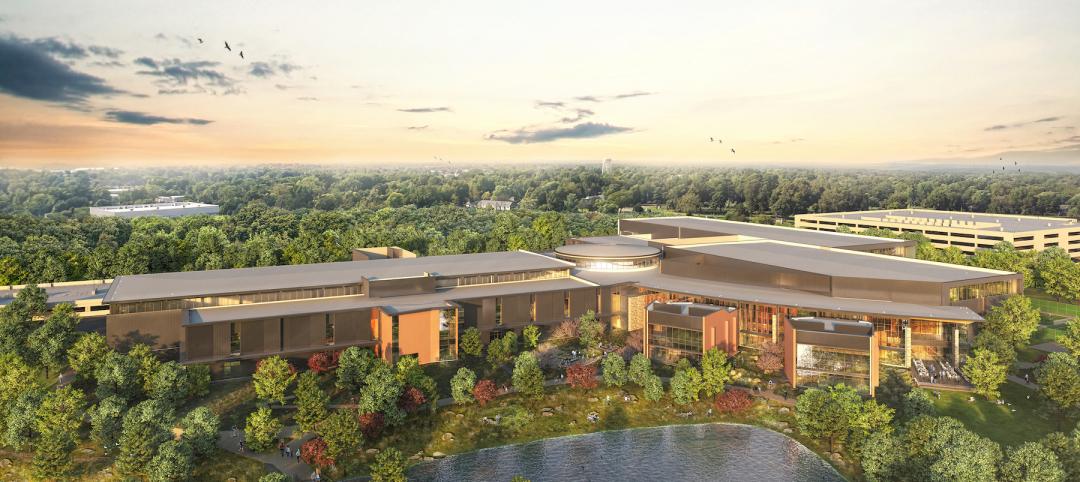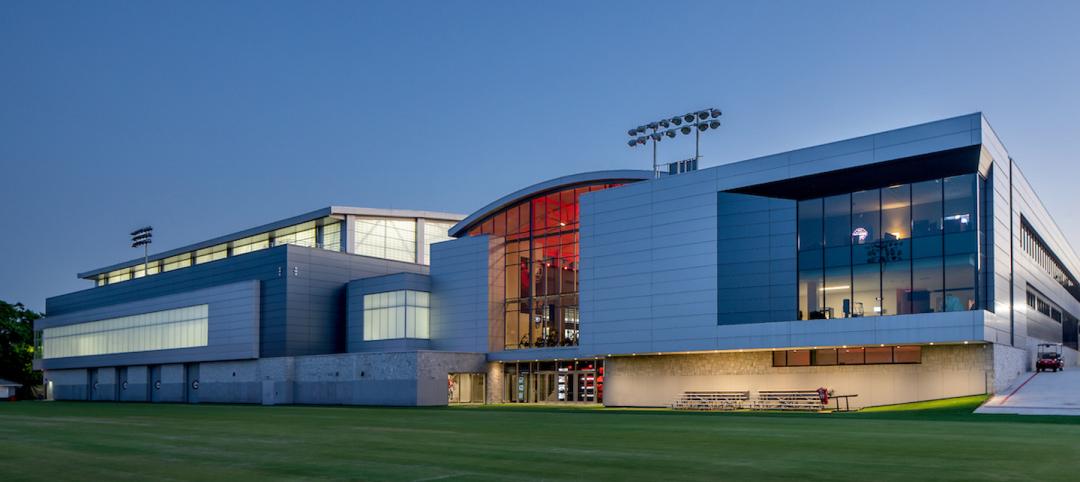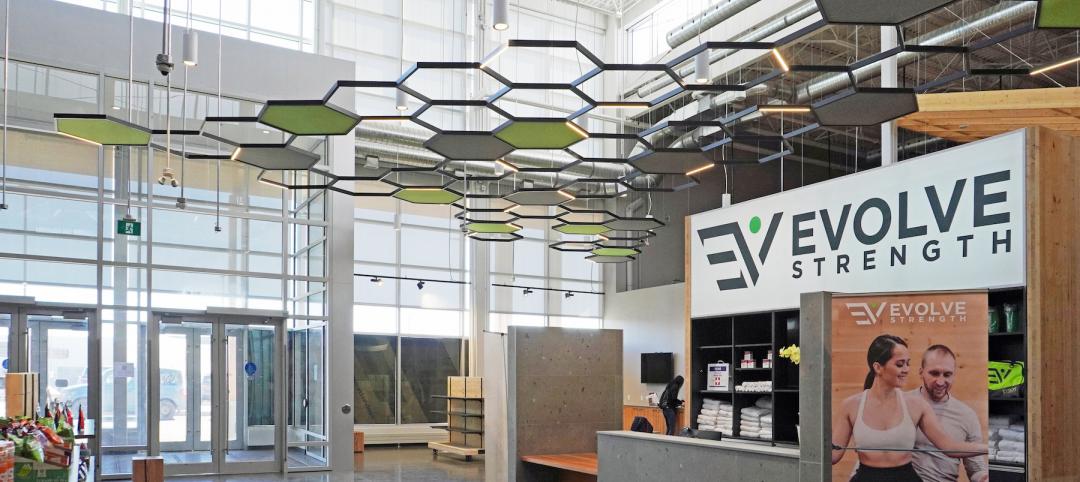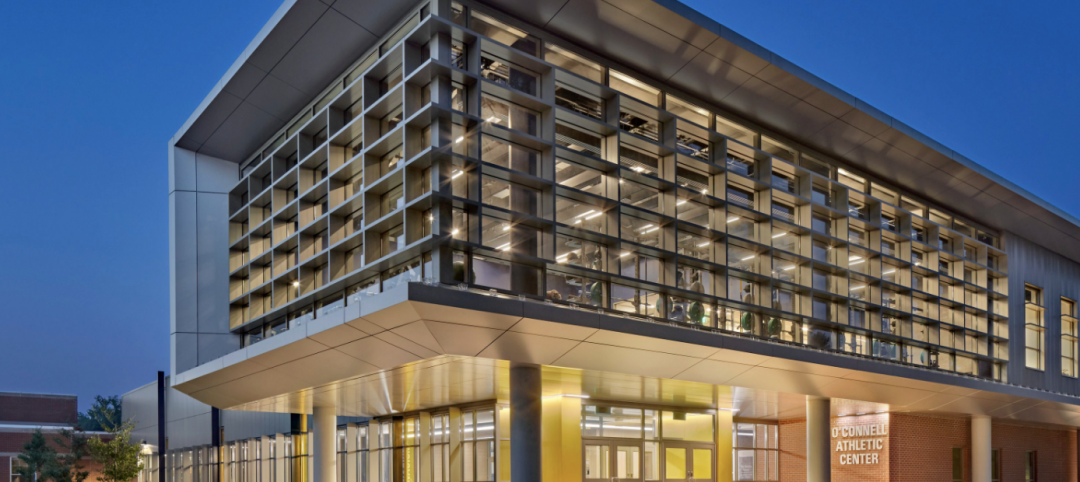Acting as the centerpiece of the $120 million-plus Eco Park development in Stroud, UK, a soccer stadium constructed almost entirely of wood is looking to become the greenest in the world. The architect, Zaha Hadid Architects (ZHA), won a design competition for the opportunity to design the new home of the Forest Green Rovers.
Being constructed almost completely from wood is not just a first for a soccer stadium, but for any sports stadium anywhere in the world. All of the timber for the project will be ethically and sustainably sourced. One of the few non-wood elements of the structure is a transparent membrane that will cover the roof and provide shade while still allowing for the turf on the playing surface to grow.
The stadium, which can be used year-round for additional activities other than soccer, will have a capacity of 5,000 people and aims to be carbon neutral or even carbon negative. To help achieve this goal, there will be on-site renewable energy generation
According to ecotricity, the project’s developer, the stadium will have the lowest embodied carbon of any stadium in the world and will hopefully spur other eco-friendly development of a similar nature in the Eco Park development, which spans 100 acres and will be used mainly as a center for sports and sports science. Opposite of the sports and sports science segment of the park will be a green technology business park with sustainably built commercial offices and industrial units. It is estimated Eco Park’s business section has the potential to create up to 4,000 jobs. A nature reserve is also included in the overall Eco Park proposal.
ZHA’s design for the new stadium was selected from over 50 entries submitted by firms from around the world.
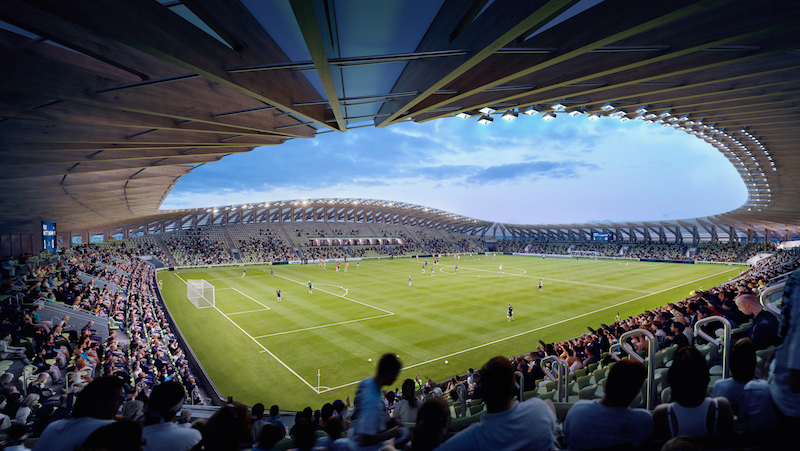 Courtesy of Zaha Hadid Architects
Courtesy of Zaha Hadid Architects
 Courtesy of Zaha Hadid Architects
Courtesy of Zaha Hadid Architects
Related Stories
Multifamily Housing | Aug 3, 2022
7 tips for designing fitness studios in multifamily housing developments
Cortland’s Karl Smith, aka “Dr Fitness,” offers advice on how to design and operate new and renovated gyms in apartment communities.
Reconstruction & Renovation | Aug 3, 2022
Chicago proposes three options for Soldier Field renovation including domed stadium
The City of Chicago recently announced design concepts for renovations to Soldier Field, the home of the NFL’s Chicago Bears.
Headquarters | Jun 21, 2022
Walmart combines fitness and wellness in associates’ center that’s part of its new Home Office plan
Duda | Paine’s design leads visitors on a “journey.”
Sports and Recreational Facilities | Jun 17, 2022
U. of Georgia football facility expansion provides three floors for high-performance training
A major expansion of the University of Georgia’s football training facility has been completed.
Building Team | Jun 14, 2022
Thinking beyond the stadium: the future of district development
Traditional sports and entertainment venues are fading as teams and entertainment entities strive to move toward more diversified entertainment districts.
Acoustic Panels | Jun 9, 2022
A fitness center renovation in Calgary focuses on tamping the building’s sound and vibration
Bold Interior Design chose as its solution a lighting/acoustical panel combination.
Sports and Recreational Facilities | May 26, 2022
WNBA practice facility will offer training opportunities for female athletes and youth
The Seattle Storm’s Center for Basketball Performance will feature amenities for community youth, including basketball courts, a nutrition center, and strength and conditioning training spaces.
Sports and Recreational Facilities | May 19, 2022
Northern Arizona University opens a new training center for its student athletes
In Flagstaff, Ariz. Northern Arizona University (NAU) has opened its new Student-Athlete High Performance Center.
University Buildings | May 9, 2022
An athletic center accentuates a college’s transformation
Modern design and a student health center distinguish the new addition at The University of Saint Joseph in Connecticut.
Sponsored | BD+C University Course | May 3, 2022
For glass openings, how big is too big?
Advances in glazing materials and glass building systems offer a seemingly unlimited horizon for not only glass performance, but also for the size and extent of these light, transparent forms. Both for enclosures and for indoor environments, novel products and assemblies allow for more glass and less opaque structure—often in places that previously limited their use.


